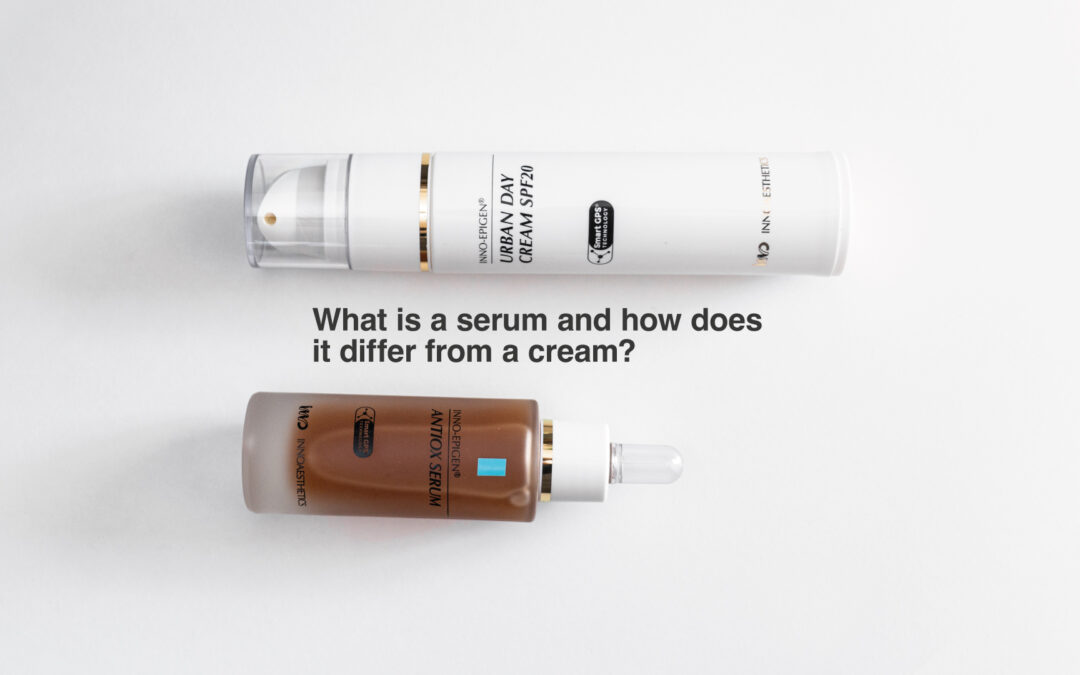Serums have been one of the trendiest skincare products in recent years, yet many people still have questions about how to use them or what are they made of.
There is no doubt that serums and moisturizers are not the same, but do you really know why?
In this article, you will learn everything you need to know about serums, including what they are, the technology behind them, their benefits, and how they differ from moisturizers.
THE TECHNOLOGY BEHIND A SERUM
Serums are potent liquid formulations composed of high concentrations of active ingredients designed to address specific skin concerns effectively. The secret to their efficacy lies in using low molecular weight ingredients, which penetrate the skin layers more deeply than the larger molecules typically found in creams and other topical products.
Serums are generally water-based, allowing for higher concentrations of active ingredients than creams. Despite their richness in these ingredients, serums maintain an exceptionally light texture and are rapidly absorbed by the skin. This is primarily because they contain fewer emollients than creams or moisturizers, if any at all. The minimal use of emollients allows serums to deliver active ingredients quickly and efficiently, making them an essential addition to advancedskincare routines.
Nevertheless, because serums do not contain emollients that lock moisture in, we recommend applying your face moisturizer after the serum to avoid Transepidermal Water Loss (TEWL), especially if you have dry skin.
SERUMS VS MOISTURIZERS: MAIN DIFFERENCES
Although many people hesitate when choosing between a serum or a moisturizer, these two products have different purposes and should not exclude one another.

HOW TO USE SERUMS
Serums should be applied on clean, dry skin after toner, if any, and before your moisturizer, as the moisturizer will seal the skin, locking in moisture.
If you are going to apply more than one serum, make sure to apply the thinner one first and follow with the thicker ones. We highly recommend to use your day or night cream after your serum to moisturize and avoid TEWL. Nevertheless, people with oily skin sometimes prefer to only use only the serum, especially in summer, as their skin is already and naturally moisturized.
WHICH SERUM SHOULD YOU USE?
As mentioned above, serums can help improve a number of concerns, such as uneven skin tone, oily skin, dry skin, and skin aging.
Here are four serums that address different concerns according to your needs:
INNO-EPIGEN® AGE PERFECTION SERUM
Formulated with epigenetic ingredients, peptides, vitamin C, and other antiaging gems, this concentrated antiaging serum effectively promotes collagen production, preventing and reducing the signs of aging.
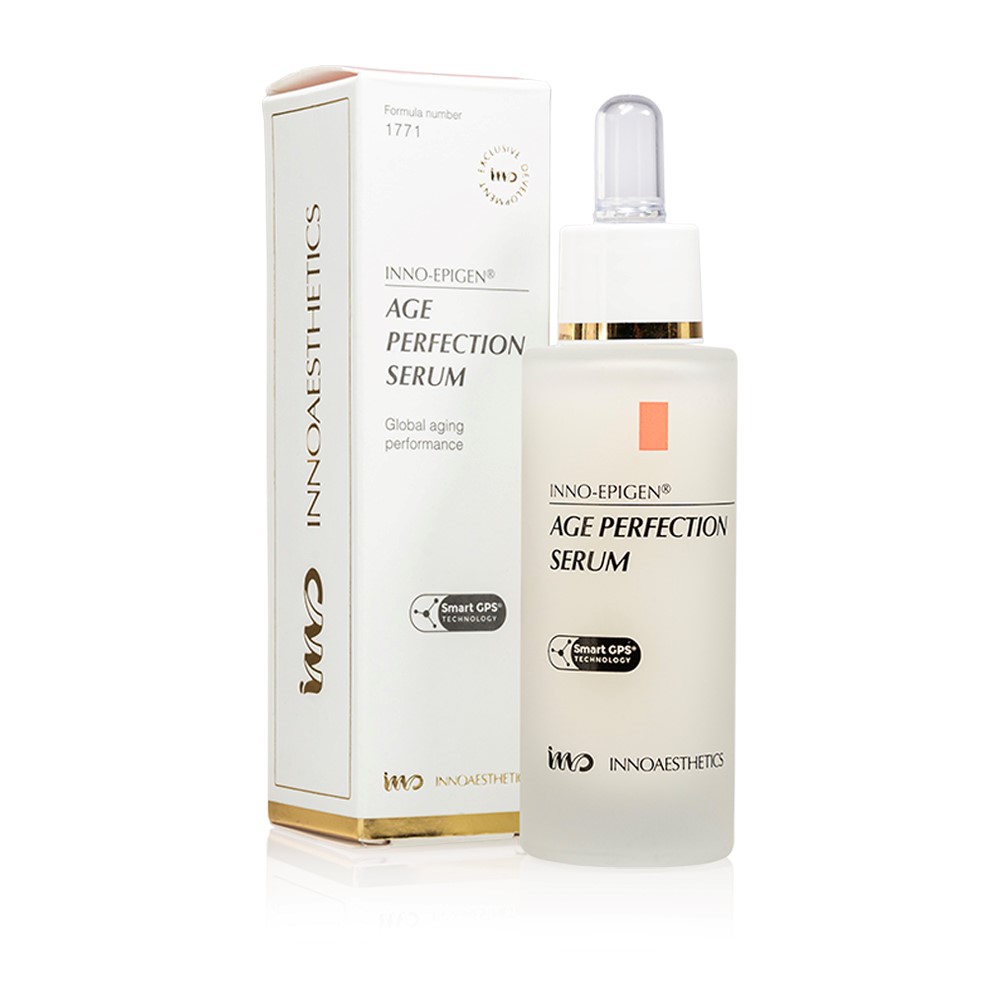
INNO-EPIGEN® ANTIOX SERUM
A rich antioxidant serum that combines several antioxidant ingredients to protect the skin from free radical damage and prevent the signs of skin aging. It improves skin texture, leaving it soft and supple.
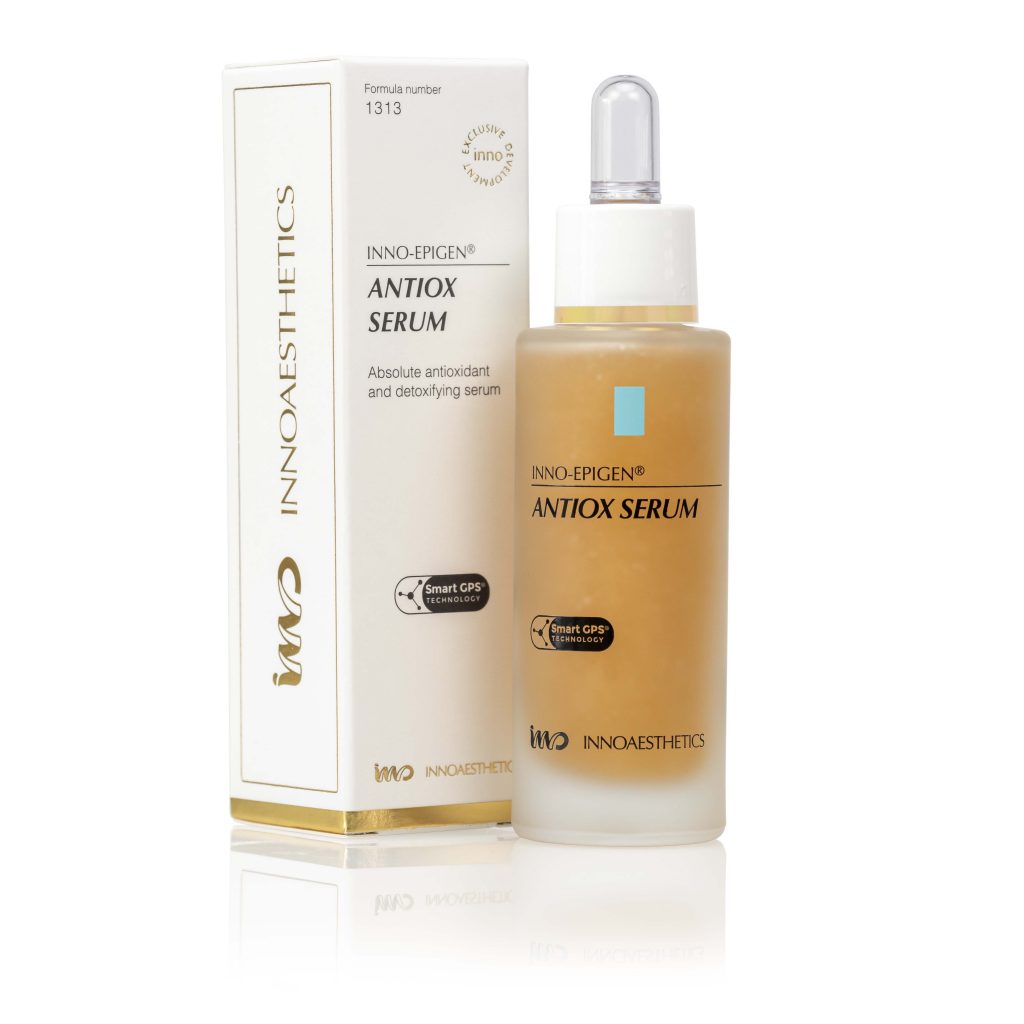
INNO-EPIGEN® PIGMENT DEFENSE SERUM
A skin-brightening serum with Niacinamide and other lightening active ingredients to even out skin tone. iIt also attenuates wrinkles, leaving the skin radiant and smooth. Ideal for improving sun-damaged skin or photoaging.
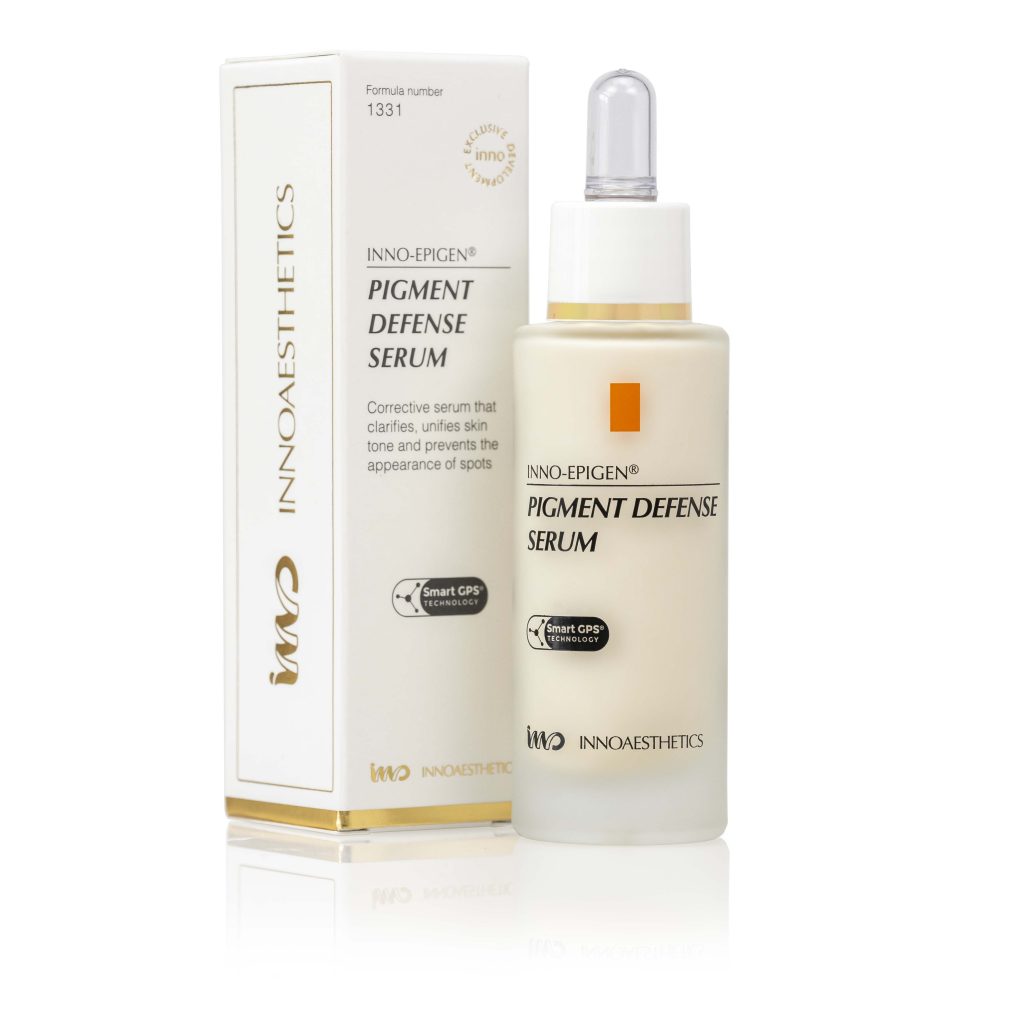
INNO-EPIGEN® PURIFYING SERUM
A specific serum for oily skin that helps to control sebum production and balance the skin’s moisture levels. It reduces open pores and provides an even and shine-free complexion.
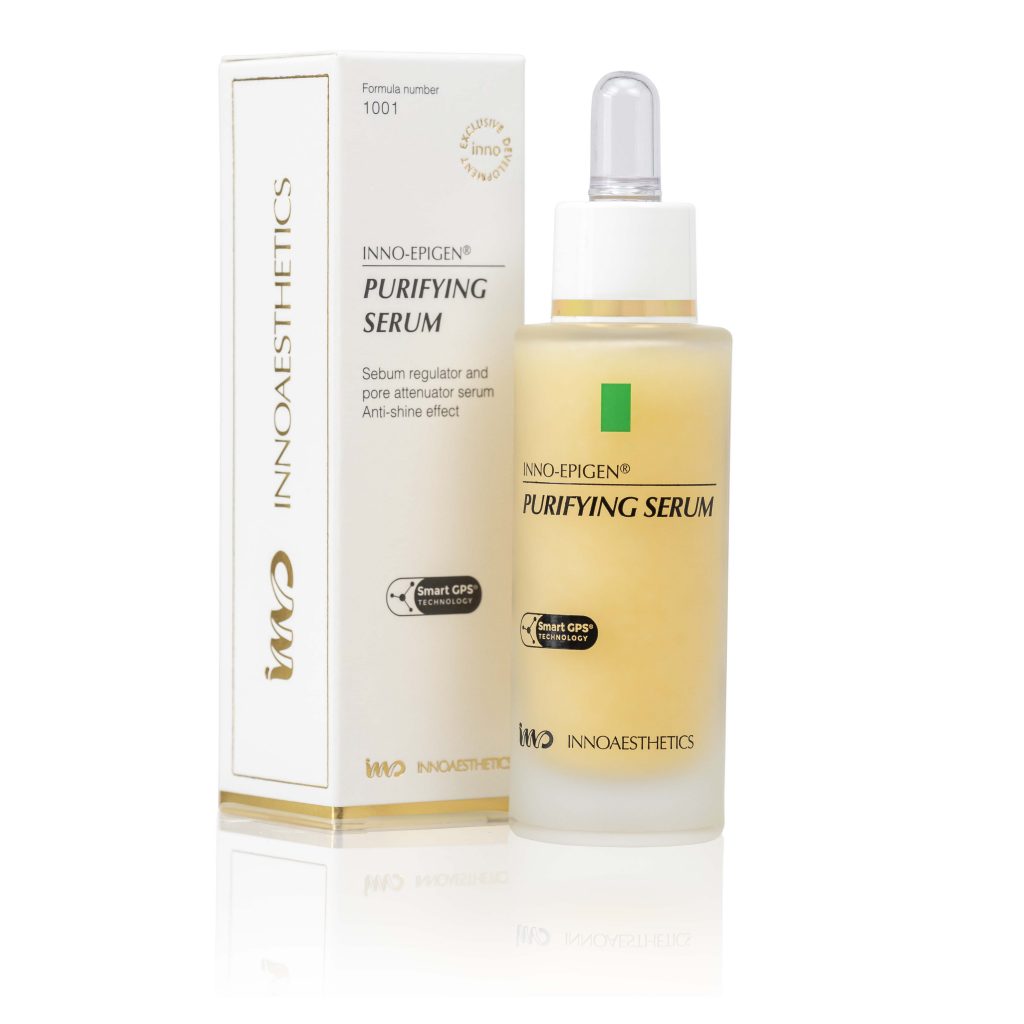
THE FINAL GLOW-UP
Now that you’re armed with all this serum know-how, it’s time to give your skin the love it deserves. Mix and match the perfect serums for your skin needs and watch your complexion transform! Remember, your skin is unique, so don’t be afraid to experiment and find what works best for you. Happy glowing!

